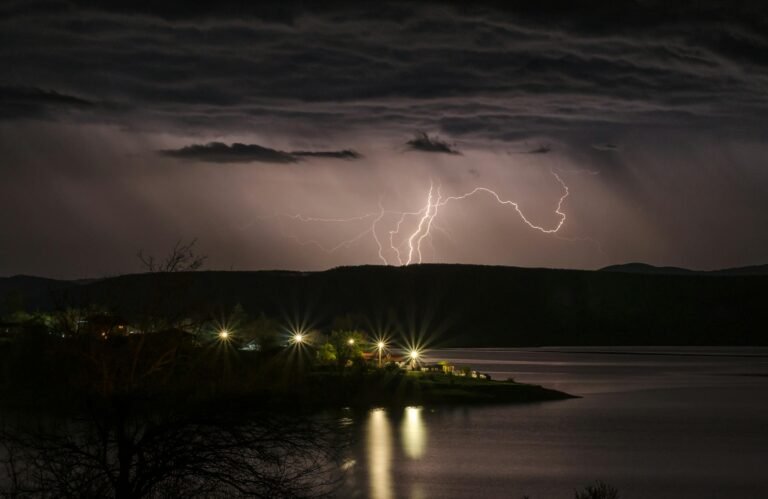
Introduction
In a world where ancient stories still echo through the corridors of time, some names carry a weight that transcends generations. One such name is Cain—the first-born of man, the harbinger of both promise and curse. “Wrath of the Cain” is not just a tale of vengeance, but a reflection on the human capacity for rage, guilt, and redemption. This article delves deep into the symbolic and emotional layers of Cain’s wrath, unraveling what it means in today’s fractured world, where ancient fury still finds new hosts.
The Marked One: Legacy of a Brother’s Sin
The story of Cain begins with a single act—murder. Yet what lingers beyond that act is not only the blood of Abel, but a spiritual inheritance of guilt and exile. In many ways, Cain represents the original outcast, not by birth but by choice. Marked by divine punishment and alienated from his community, he becomes a metaphor for those who carry the burden of irreversible actions. His wrath is not merely toward his brother, but toward a God who seemingly favors others and a world that offers no redemption. This section explores how that ancient burden can still be found in those cast out by society, struggling between rage and remorse.
Beneath the Surface: Rage as a Mirror of the Soul
Cain’s wrath was not born in a moment—it brewed beneath the surface, fueled by comparison, jealousy, and a sense of injustice. Rage often functions as a mirror, reflecting deeper insecurities and unresolved pain. In modern times, individuals still grapple with being overshadowed, unloved, or misunderstood. Cain’s reaction to rejection is timeless, reminding us that unacknowledged pain can metastasize into violence. This segment examines the psychology of wrath—how it often stems from perceived neglect and the desperate need to be seen and validated.
Wrath Reborn: Cain in Modern Culture and Society
The image of Cain has reappeared in literature, film, music, and art for centuries, evolving into a symbol of rebellion, destruction, and tortured solitude. From dystopian heroes to morally grey villains, Cain’s archetype lives on in characters who challenge authority, defy norms, and seek vengeance at any cost. But this reimagining often hides a deeper commentary on societal flaws—systems that favor some and condemn others. This part of the article analyzes how the legacy of Cain is reflected in modern narratives, showing how wrath, though destructive, can also be a voice of protest against systemic injustice.
Redemption or Ruin: The Two Paths of Wrath
Even in his exile, Cain is not destroyed. He lives, builds cities, and fathers generations. His story poses a haunting question: can the wrathful ever be redeemed? Or does wrath always lead to ruin? Modern society often demonizes anger, yet it can be a catalyst for change if channeled constructively. This section discusses the dual nature of wrath—it can consume or empower. Cain’s tale ends ambiguously, offering both a warning and a challenge: the capacity to create despite being cursed. It asks us whether we are willing to transform our rage into purpose, or let it define our downfall.
Conclusion: The Eternal Flame of Cain
The wrath of the Cain is not just a mythic fury—it is the flame that burns in every soul that has ever felt unseen, unloved, or rejected. It is the dangerous power of pain unspoken and injustice unresolved. Yet, within that fire also lies the potential for rebirth. In a world still marked by cycles of violence, perhaps it is time to confront the Cain within us all—not to silence it, but to understand it, and in doing so, break the chain of wrath before it consumes yet another generation.